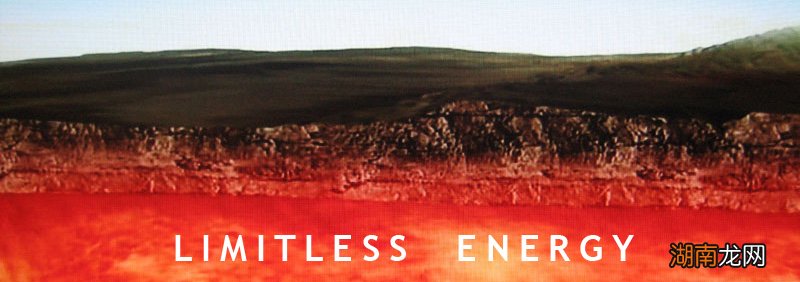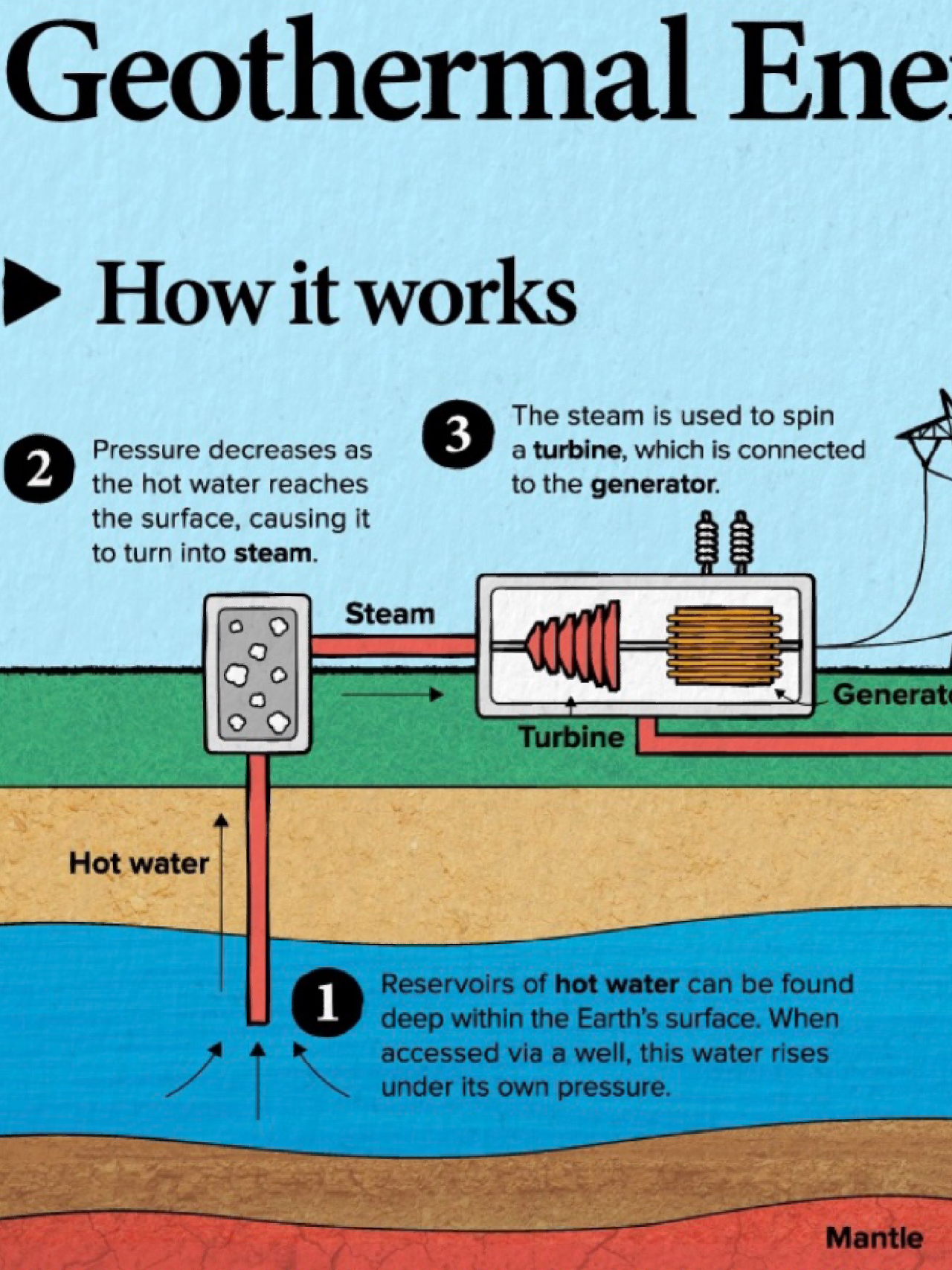摘要:本文探讨了地热能的发展潜力,深入探究了其在能源领域的应用前景。文章阐述了地热能的概念、特点及其在环保和可持续发展中的重要性。通过分析和讨论地热能的潜力,文章旨在提高公众对该能源形式的认知和利用,为未来的能源转型和可持续发展提供有价值的见解。
In the realm of renewable energy sources, geothermal energy stands out as a remarkable alternative to traditional fossil fuels. It holds immense potential for sustainable development and environmental conservation. This article aims to delve into the concept of geothermal energy, its significance, advantages, challenges, and the future prospects of this remarkable resource.
Geothermal energy, derived from the heat of the Earth's crust, has been harnessed for centuries to meet human energy demands. It is a renewable source of energy that offers a sustainable alternative to fossil fuels and nuclear power. The Earth's crust contains a vast amount of heat generated by the decay of radioactive elements and the friction caused by tectonic plate movements. This heat can be efficiently extracted and converted into electricity or used for heating purposes.
The significance of geothermal energy lies in its potential to contribute significantly to global energy needs. As the world faces the challenge of climate change and the depletion of fossil fuels, the need for sustainable energy sources becomes increasingly urgent. Geothermal energy offers a reliable and consistent source of power that can help meet the growing demand for electricity. Moreover, it has the potential to provide heating for residential, commercial, and industrial sectors, reducing the dependence on fossil fuels for heating purposes.
One of the main advantages of geothermal energy is its sustainability. Since it is derived from natural processes within the Earth, it is a renewable resource that will not be depleted by human use. It also produces minimal greenhouse gas emissions, making it a clean and environmentally friendly source of energy. Geothermal power plants have a longer lifespan compared to other power generation sources and require less maintenance, ensuring consistent power supply and cost-effectiveness.
Despite its numerous advantages, geothermal energy faces several challenges. One of the main challenges is the initial investment required for setting up geothermal power plants. Drilling deep into the Earth's crust to extract hot water or steam is a costly process, and the high costs can act as a barrier to widespread adoption. However, with advancements in technology and increased awareness of the benefits of renewable energy, the costs are gradually decreasing.
Another challenge is the availability of suitable locations for geothermal power plants. While geothermal energy is abundant in certain regions, it may not be feasible in areas where the heat source is insufficient or where drilling is not possible due to geological conditions. Therefore, it is crucial to conduct thorough research and assessments to identify suitable locations for geothermal power projects.
Despite these challenges, the future prospects of geothermal energy are promising. With the increasing awareness of climate change and the need for sustainable development, countries are increasingly turning to renewable energy sources. Geothermal energy, with its consistent and reliable power supply, has the potential to play a significant role in meeting global energy demands.
Moreover, advancements in technology are making geothermal energy more feasible and cost-effective. New drilling techniques and improved technologies are being developed to reduce the initial investment and improve the efficiency of geothermal power plants. This innovation could pave the way for wider adoption of geothermal energy in the coming decades.
In conclusion, geothermal energy offers a sustainable and environmentally friendly alternative to traditional energy sources. While it faces challenges, its potential to contribute to global energy needs is immense. With increased awareness and technological advancements, geothermal energy could play a significant role in sustainable development and environmental conservation in the future.




 冀ICP备2022021101号-1
冀ICP备2022021101号-1